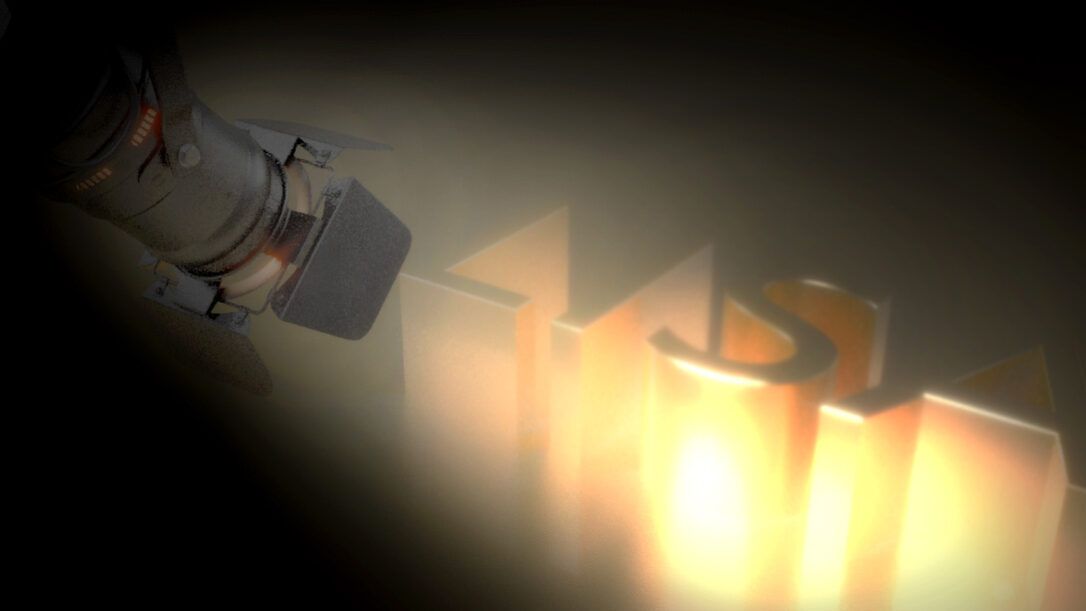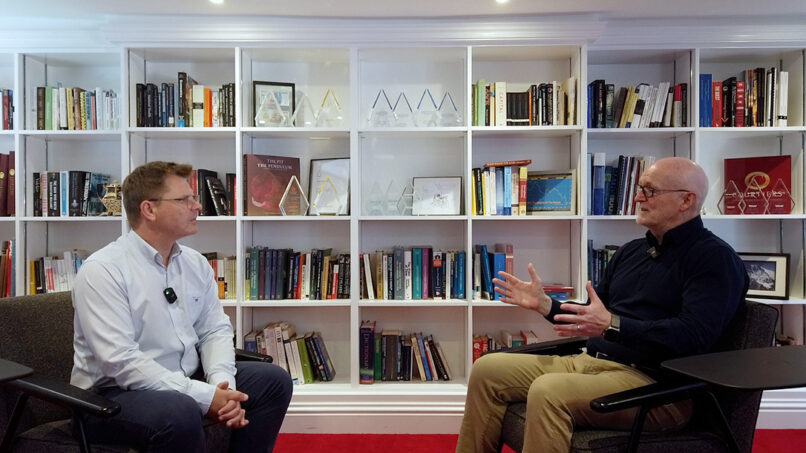Lifetime ISAs (Individual Savings Accounts) were introduced in 2017 with the best of intentions: to help people purchase their first home and to encourage saving for retirement. They were also seen as a useful way for parents and grandparents to assist their children or grandchildren with buying their first home or saving for their retirement, although the recipients must open the LISA account themselves.
One of a LISA’s most attractive features is that for every £100 an individual saves, the government adds a £25 cash bonus, up to a maximum of £1,000 every tax year until the LISA holder turns 50.
To open a LISA you must be aged between 18 and 39. Someone who opens a LISA at age 18 and saves the maximum £4,000 allowed each year will receive bonuses totalling £32,000 by the time they reach 50. After this, although LISAs can continue to grow, no additional contributions are allowed. Where people are purchasing a first home jointly they can each open a LISA, greatly boosting their purchasing power. So far so good – what’s not to like?
Although LISAs have proved popular, from their very inception they’ve been recognised as having a number of limitations and drawbacks. We highlighted these in an article before LISAs were launched. More than five years on, this article considers whether LISAs have lived up to expectations, or whether in the current economic climate those limitations are now coming home to roost.
House prices
LISAs can only be used towards the purchase of a first home worth up to £450,000. This limit was set back in 2017 and despite house prices having risen significantly, it’s never been increased. Whereas in April 2017 the average price of a house was less than half the £450,00 limit, September’s average house price was nearly 66% of this figure. As a consequence, many more homes no longer qualify. Although you can access a LISA to purchase a house with a price tag of more than £450,000, harsh financial penalties will be applied (more on the penalties below).
Clearly, the stock of homes that qualify will be most limited in those parts of the country where house prices are highest. According to the Office for National Statistics (ONS), average house prices in London in September 2022 were more than £544,000, while many parts of the South-East also saw average house prices exceed the £450,000 limit.
If there’s a silver lining, it’s that with house prices predicted to fall by 9% in the next two years, according to the Office for Budget Responsibility (OBR), more first homes should qualify.
Penalties
LISAs were designed as long-term savings vehicles and tough rules were included to discourage unauthorised withdrawals. Should money be withdrawn for any reason other than for buying a first home, such as purchasing a new car, not only must any bonus be repaid to the government – there’s a 25% penalty on the value of the LISA.
So, someone who puts in £10,000, which is then topped up by a £2,500 bonus from the government, is left with £9,375 – less than they saved and effectively a 6.25% loss on the £10,000 they contributed. The 25% penalty is also applied on any investment growth.
Cost of living
The trouble is that with the cost of living skyrocketing, more people are dipping into their LISAs and incurring penalties. Government data revealed that in the 2021/22 tax year a record 77,500 LISA savers were hit with more than £33m in unauthorised withdrawal charges, more than three times the penalties paid the previous year. And in April 2022 alone LISA savers made unauthorised withdrawals worth over £14m.
Unauthorised withdrawals are either taking out money to put towards a house costing more than £450,000, or for anyone under the age of 60, using the money for a purpose other than buying a first home. With inflation at a 41-year high, it seems inevitable that more people will be forced to dip into their LISAs and that penalties will continue on their upward trend.
The impact of unauthorised withdrawal charges could have been lessened had the Treasury reduced the charge from 25% to 20% as they did during the pandemic between March 2020 and April 2021, however, it declined to do so.
Conclusion
It’s fair to say that while LISAs retain the same drawbacks as were recognised at the time of their launch, the failure to raise the £450,000 limit on house prices and increasing pressure on household budgets has only served to accentuate those initial misgivings and expose their limitations.
Key LISA facts
- You can open a lifetime LISA if you are aged between 18 and 39.
- The government will give the LISA account holder a 25% bonus on what they pay in. Based on the maximum £4,000 a person can save in
their LISA in a year, the government will pay a bonus of £1,000. - The bonus is paid on contributions only and not on any growth.
- The amount an individual saves into a LISA counts towards their £20,000 annual ISA allowance.
- Two types of LISA are available: cash LISAs, where interest is paid, and investment LISAs where gains come in the form of capital growth, dividends and interest from bonds.
- LISAs are available per person (not per property), which means that joint purchasers can open one each and combine them to enhance their purchasing power.
- To use a LISA to help buy a home you must be a first-time buyer and be financing at least some of the purchase with a mortgage.
- A LISA must be open for at least 12 months before it can be used towards the purchase of a new home.
- Once a person reaches the age of 60 any monies built up will be accessible tax-free and can be used for any purpose and without incurring any penalty charges.
- Where a LISA holder dies or is terminally ill, no withdrawal charge is due.
- Parents and grandparents can reduce the value of their estate by gifting up to £3,000 a year into a child or a grandchild’s LISA.
- Help to buy ISAs, cash ISAs and stocks and share ISAs can be transferred into a LISA, with the 25% government bonus then added.
- It’s possible to switch to another LISA provider, that say, pays a higher interest rate or better meets an individual’s investment needs.













